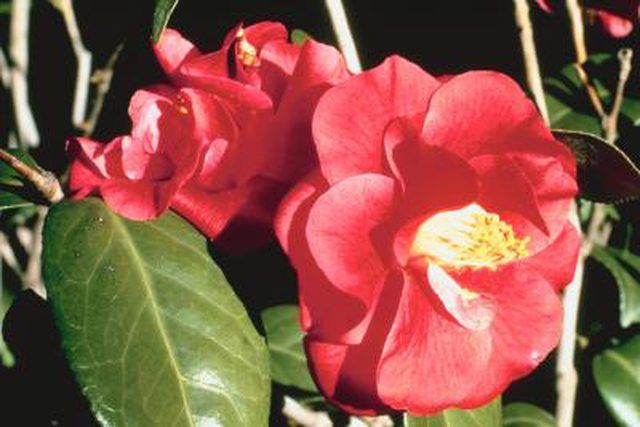Bulbs
Flower Basics
Flower Beds & Specialty Gardens
Flower Garden
Garden Furniture
Garden Gnomes
Garden Seeds
Garden Sheds
Garden Statues
Garden Tools & Supplies
Gardening Basics
Green & Organic
Groundcovers & Vines
Growing Annuals
Growing Basil
Growing Beans
Growing Berries
Growing Blueberries
Growing Cactus
Growing Corn
Growing Cotton
Growing Edibles
Growing Flowers
Growing Garlic
Growing Grapes
Growing Grass
Growing Herbs
Growing Jasmine
Growing Mint
Growing Mushrooms
Orchids
Growing Peanuts
Growing Perennials
Growing Plants
Growing Rosemary
Growing Roses
Growing Strawberries
Growing Sunflowers
Growing Thyme
Growing Tomatoes
Growing Tulips
Growing Vegetables
Herb Basics
Herb Garden
Indoor Growing
Landscaping Basics
Landscaping Patios
Landscaping Plants
Landscaping Shrubs
Landscaping Trees
Landscaping Walks & Pathways
Lawn Basics
Lawn Maintenance
Lawn Mowers
Lawn Ornaments
Lawn Planting
Lawn Tools
Outdoor Growing
Overall Landscape Planning
Pests, Weeds & Problems
Plant Basics
Rock Garden
Rose Garden
Shrubs
Soil
Specialty Gardens
Trees
Vegetable Garden
Yard Maintenance
How to Feed Camellias
How to Feed Camellias. Camellias are highly prized for their beautiful, glossy green foliage and striking flowers. While they grow very slowly, camellias are heavy feeders. Some camellia plants may perform well without being fertilized. However, most will do better with regular feeding, which is usually applied at regular intervals through spring...

Camellias are highly prized for their beautiful, glossy green foliage and striking flowers. While they grow very slowly, camellias are heavy feeders. Some camellia plants may perform well without being fertilized. However, most will do better with regular feeding, which is usually applied at regular intervals through spring and early summer. Camellias also love acidic soil. Ensuring that the soil pH is correct will also help camellias to grow. With the right combination of food, water and soil conditions, camellias with thrive and bloom prolifically.
Feeding Camellias
Select a well-balanced fertilizer with proper amounts of nitrogen, potassium and phosphorus. A 4-8-8 or 2-10-10 fertilizer will work well for established plants. New plants may need more nitrogen to stimulate growth. Try a 12-4-8 or 10-10-10. Ensure that the fertilizer also contains minor elements.
Set up a good schedule for feeding. Apply the quick-release fertilizers three times during the spring. Feed in early March, May and July. Slow-release fertilizers may be applied once in March. Do not fertilize dormant plants in the fall or winter. This can severely damage the root system.
Water the camellia plant thoroughly the day before feeding. Avoid feeding during hot periods to protect sensitive roots.
Apply 1 tbsp. for every foot of plant height. An 8-foot tree will require 1/2 cup of fertilizer. Spread the fertilizer on the soil under the plant and a little beyond the drip line.
Check the pH of the soil using the pH tester. If the pH is above 6.5, increase the acidity of the soil by adding an acidifer. Also, add pine mulch or pine straw to improve the acidity of the soil.
Rake the soil and water the fertilizer in thoroughly. This will allow the fertilizer to effectively penetrate the soil.